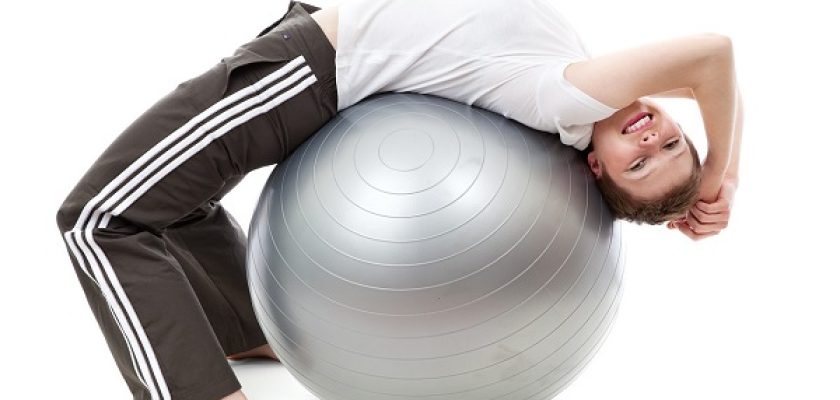The Surprising Impact Exercise has on Eyesight
- Updated on: May 6, 2025
- Published on Jan 8, 2020

Exercise is defined as any movement that makes the muscle work and requires the body to burn calories. Regular exercise is one of the best things for good health. It has many benefits which include overall health and fitness and also helps in reducing the risk of many chronic diseases.
There are many different types of exercises that help in building endurance, strength, balance and, flexibility.
Regular Exercises Help in Preventing Many Health Problems
Exercises can help prevent many problems and diseases such as:
- Strokes
- Metabolic syndrome
- High blood pressure
- Type 2 diabetes
- Anxiety
- Many types of cancer
- Depression
- Arthritis
- Eye problems
Impact of Exercise on Eyesight
There are studies and research that have found connections between regular exercises and reducing risks for several common eye ailments such as cataracts, wet age-related macular degeneration, and glaucoma.
Many different types of eye diseases are linked to other health problems that can be avoided by regular exercise, including high cholesterol levels, diabetes, and blood pressure. Regular exercise can help prevent these health issues or mitigate their effects, keeping eyes healthier in the process.
- Running and walking can help in decreasing the risk of age-related cataracts
- Exercising three or more times per week will make less likely to develop wet age-related macular degeneration
- Low-impact exercises help significantly in reducing eye pressure in young adults with glaucoma
The Role of Exercise in Protecting eye Health
Moderate exercise
A number of studies have reported associations between levels of physical activity and the incidence of age-related macular degeneration and cataract. Individuals who exercised for 30 minutes or more at least three times a week were 70% less likely to develop age-related macular degeneration.
Individuals with low levels of physical activity were up to seven times more likely to develop cataracts than those with high levels of physical activity.
Physical Activity and Sexual Wellness
Vigorous exercise
The regular vigorous exercise protects against both cataract and age-related macular degeneration. The studies that are conducted amongst a group of regular joggers found that joggers who ran for less than two kilometers per day were 19% more likely to experience age-related macular degeneration than those who ran 2-4 kilometers per day, and 42% more likely to develop the condition than those who ran more than four kilometers per day.
The risk of age-related macular degeneration is found to decrease by 10% for every one kilometer of jogging per day.
Eye Exercises to Improve Eyesight
The muscles of our eyes get sore when held in one position for too long like any other muscle of the body. Few exercises will help in increasing productivity, eliminating headaches and errors, and also reduce the risk of glaucoma.
These exercises are:
Palming
Rub the palms of both the hands vigorously and place them gently over the eyelids. This will help in relaxing eye muscles. Repeat this until the heat is completely absorbed by the eyes.
Blinking
Sit in a comfortable position with eyes open and blink 10-15 times very quickly. Close eyes for 20 seconds and relax. Repeat this 4-5 times.
Zooming
This is another very effective exercise for the eyes. Sit comfortably on a chair with both the arm outstretched and thumb up. Then bend one arm gradually and draw it closer to the eyes by zooming and making your thumb in focus.
Shifting
Shifting is about moving or rotating your eyeballs from one direction to another. Move your eyes to your rightward corner and then shift your gaze in the opposite direction. This will help the eye muscles to get more active and healthy with the spurt of blood pumped in from the shifting.


